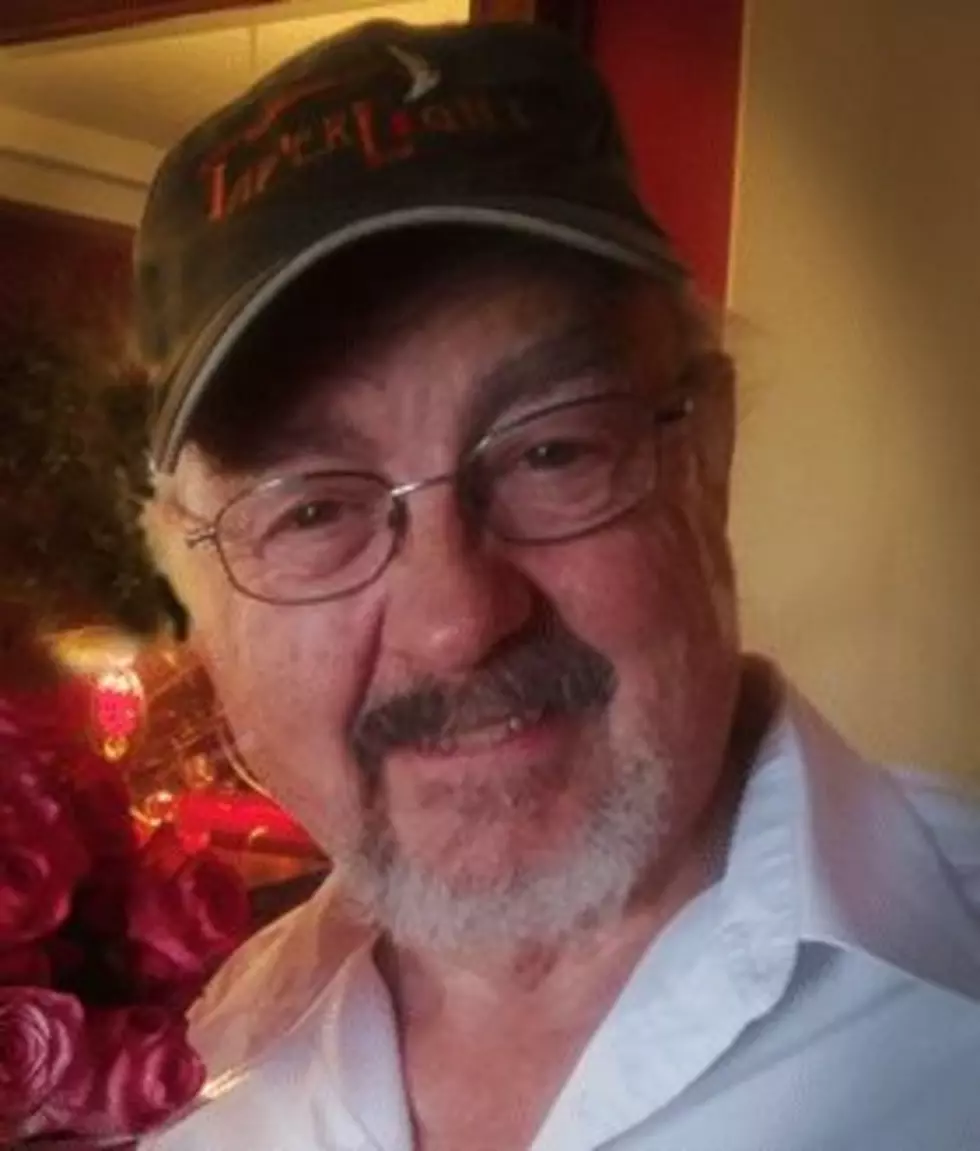
Evan Barrett: Senate bill preserves Montanans’ individual, collective history
Passage of Senate Bill 338, the Montana Museums Act of 2020, is very important to all of Montana by providing a thoughtful and financially responsible way for us to preserve our history from the local to the state level.
History is important. To understand our present, we must understand our past. And that understanding can shape our future. As Winston Churchill said: “The farther backward you can look, the farther forward you are likely to see.”
We are all history. We all have a story to be told. How did our ancestors come to Montana? What did they do? How did they become part of the fabric of our town, county and state? How did they help to shape what we are today?
We all try to pass on those stories within our families verbally and sometimes in writing. We create documents, photo albums, articles, books or just letters that tell our tale in relationship to Montana’s story. Knowing and understanding our personal family histories is as important as getting a DNA test. But it cannot be done with $50 and a strand of hair.
Beyond your individual family efforts, state and local historical preservation helps in telling your story which combines with others to compile Montana’s story. The heroes in this effort are local and state historical societies, county and state museums, historical archives, magazines, libraries and books.
But just as Montana has not over the long-haul properly funded preservation and presentation of our natural history through our state parks, we have not properly supported our state and local historical preservation efforts. There are outstanding exceptions to this rule, but the rule generally holds – almost all genuine and important efforts to preserve and present our history fall way short financially and infrastructurally.
SB 338 is a well-thought-out mechanism that will bridge that financial and infrastructural gap. After years of failure to act, through SB 338 the legislature can help finance and construct an expanded Montana Heritage Center near the state Capitol, support existing state-owned historical landmarks across the state, and create and fund a historic preservation grant program that will provide financial support for historical projects all across Montana for our many local museums, history societies and historic sites.
SB 338 provides for a 1 percent increase in the statewide accommodations – paid by tourists who also visit Montana’s history sites and traveling Montanans – an annual $8 million to $10 million revenue source that does not tap the state’s general fund or reallocate existing revenues. The bill has broad support and involvement from legislators of both parties, the lodging and hospitality industry, Montana Historical Society, Museums Association of Montana, State Chamber of Commerce, organized labor, economic developers, infrastructure coalition, League of Cities & Towns, contractors association and others.
The first five years, starting in 2020, 80 percent of the revenue is combined with previous bonding authority and $10 million of private funds to construct the long-awaited and needed $34 million Montana Heritage Center. The other 20 percent will start funding the historic preservation grant program that provides for infrastructure projects all across Montana for our many museums, local historical societies and historic sites. In the first year only, special support goes to the Moss Mansion in Billings and the Daly Mansion in Hamilton, both state-owned properties.
Beginning January 1, 2025, the revenue is reallocated fully to the Historic Preservation Grant Program across the state, infrastructure projects as outlined by HB 553 (the general infrastructure bill), and some on-going operations and maintenance for the current and new Montana Heritage Center complex, as well as a small increase in distributions to existing tourism-related programs.
SB 338 is an enlightened approach to preserving our important heritage. All across Montana local folks will have increasing capability of telling, housing and displaying the important stories of their people and their community. Yes, we are history and, along with the stories of our predecessors that we treasure, our stories of today, that will become tomorrow’s history, can be preserved for our descendants. SB 338 helps make that possible.
Evan Barrett, who lives in historic Uptown Butte, retired in 2017 after 48 years at the top level of Montana economic development, government, politics and education. He is an award-winning producer of Montana history films who continues to write columns, occasionally teaches Montana history and contributes to community and economic development projects.
https://www.missoulacurrent.com/government/2019/03/montana-heritage-center/
